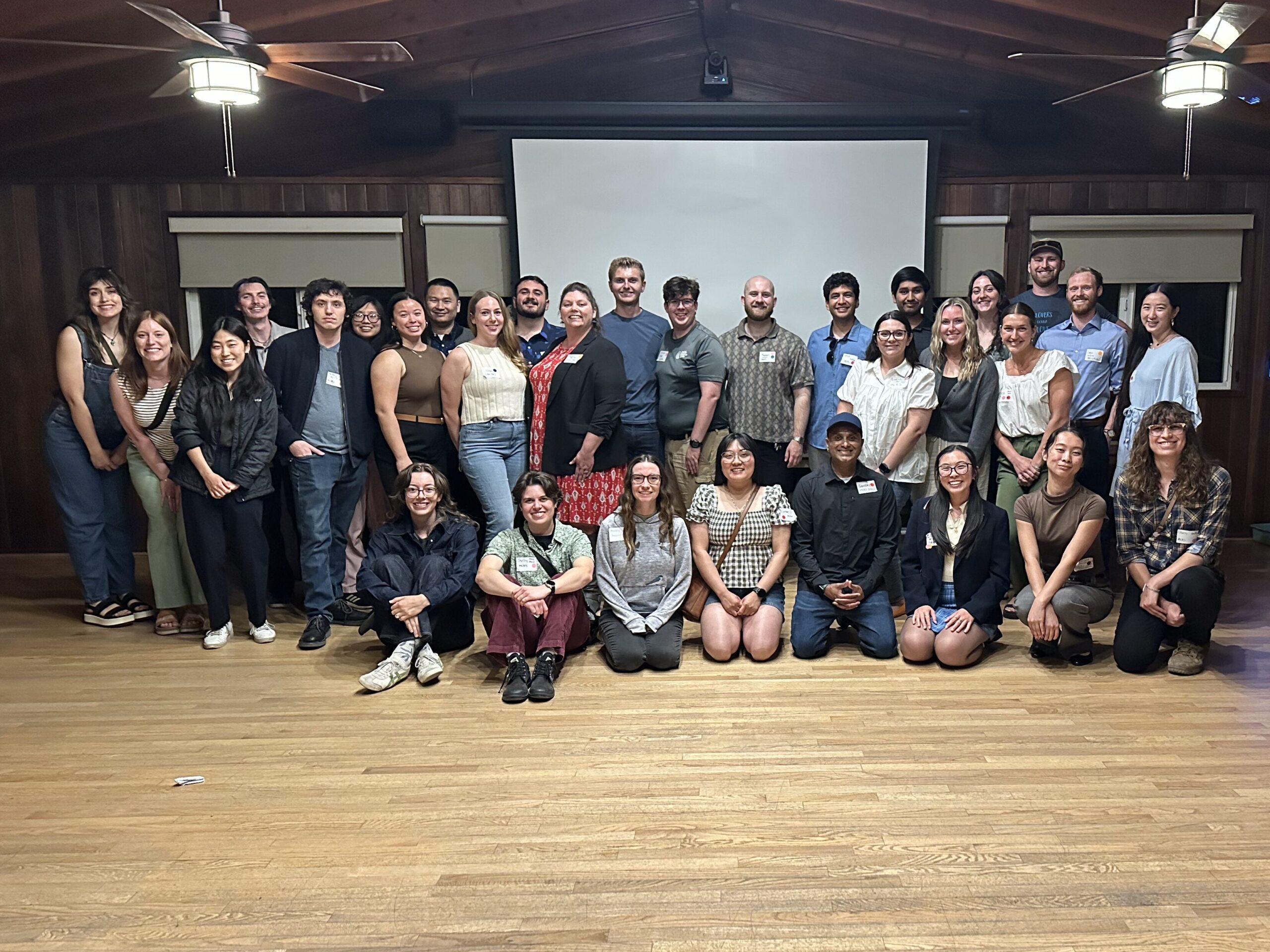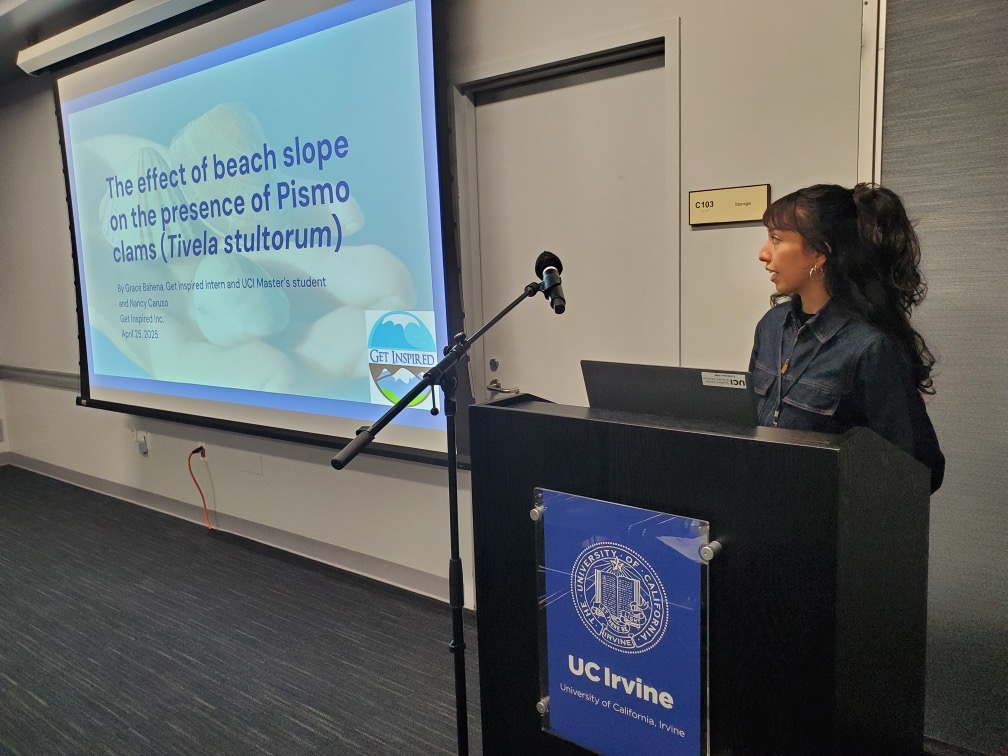Student Blog: Jessica Rath
Tending Futures
By Jessica Rath
It’s the close of my time at MCRS. We have only one term to go, and I am reflective today as I pass a trailing shrub with sweet purple flowers, Vinca minor. I have been thanking this plant for many mornings walking this same wide circle in my neighborhood. Another species from the same genus, Vinca rosea, saved my life. Alkaloids derived from Vinca rosea are used to treat Hodgkin’s lymphoma, which I was diagnosed with at 32. Twenty years later, I decided to dedicate my life to plants.
I am a farmer by nature, circling pastures and observing. I grew up watching plants change across 180 acres of cattle pasture, knowing their phenology–anticipating life cycles. Being on one land for three generations, our family could see communities of plants change with weather shifts, grazing patterns, and the introduction of new species. What we couldn’t do was ask the plants why they got dense in one place or disappeared in another. We couldn’t tell you why an invasion of non-native species took hold so strongly in one area and not another. I came to MCRS to learn to talk to plants or at least to listen to their subtle and sometimes dramatic movements and aid native plants in retaking a foothold on rangelands like my farm.
At MCRS, Sarah, Jen, Amy, Jessica, LuAnna, Megan, Priscilla, Moises, Julie, Katharina, Courtney, and many more teachers helped me observe, count, measure, analyze, and report back on the resiliency of native plant communities after restoration.* I have walked desert wetlands, coastal sage scrub, native grasslands, and urban wildlife interfaces for many days. And with my nose to the ground, I learned how to ask why plants are moving by documenting community shifts and the factors that are affecting them. I can read the literature now, design an experiment, write up a management plan, analyze the data, and, maybe most importantly, form a team to get this work done.
I was accepted as a Ph.D. student in the UC Rangelands Lab at UC Davis last week. I am becoming an “agroecologist.” I’ll be listening some more, now to ranchers about their priorities for forage productivity and the ecosystem services that support that. Much of those “services” are the incredible gifts that many native grasses and legume pastures can do efficiently: fix nitrogen, cycle nutrients, sequester carbon, capture water, and possibly withstand the hotter climates of global warming given a diminishing water supply. Plants are old and wise. They have healed and fed us and contributed to the air we breathe since we arrived. They are our future. I am so grateful to be listening to them and connecting their gifts to the humans who walk the fields and hills to tend them.
*I am very grateful to Dr. Sarah Kimball, Dr. Jennifer Long, Dr. Amy Henry, Dr. LuAnna Dobson, Dr. Megan Lulow, Priscilla M. Ta, Moises Raymundo Perea-Vega, Julie Coffey, Katharina T. Schmidt, and Courtney Hunt. I would also like to thank my Capstone Team: Michelle dela Cruz, BryAnna Wertz, Rubeen Khunkhun, and our partner Robert Freese with the Irvine Ranch Conservancy.




